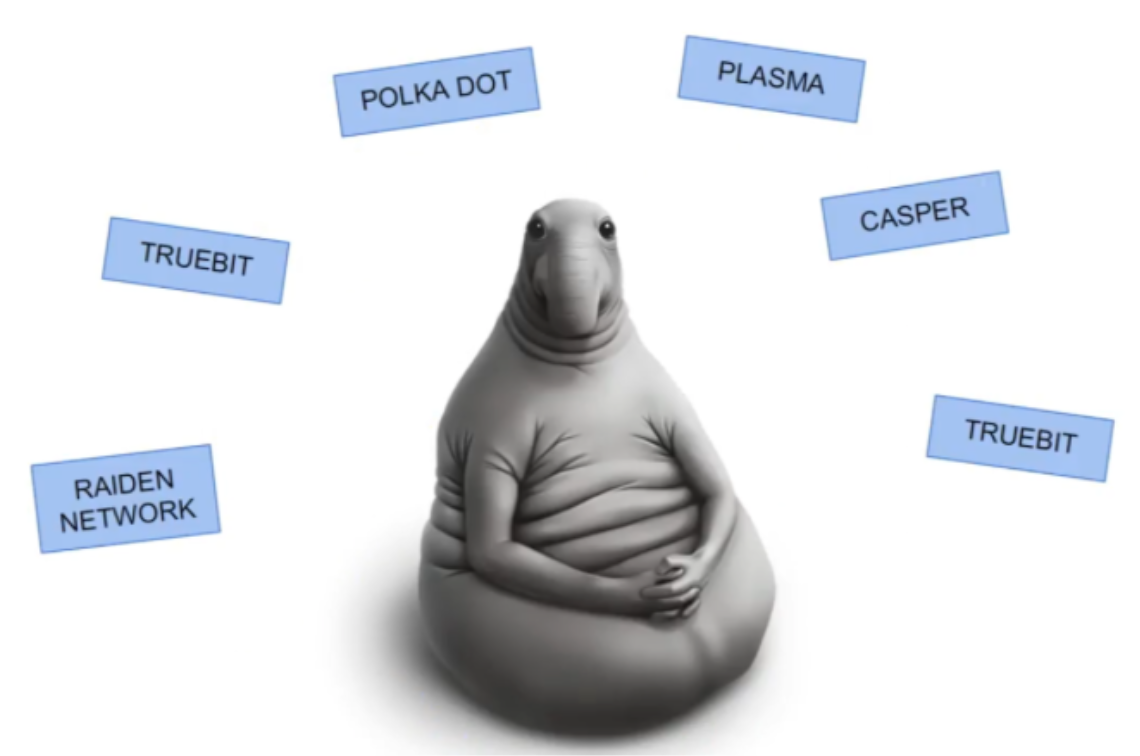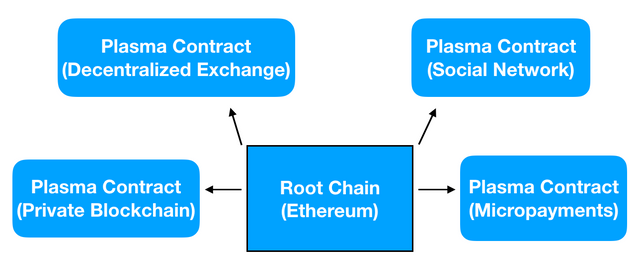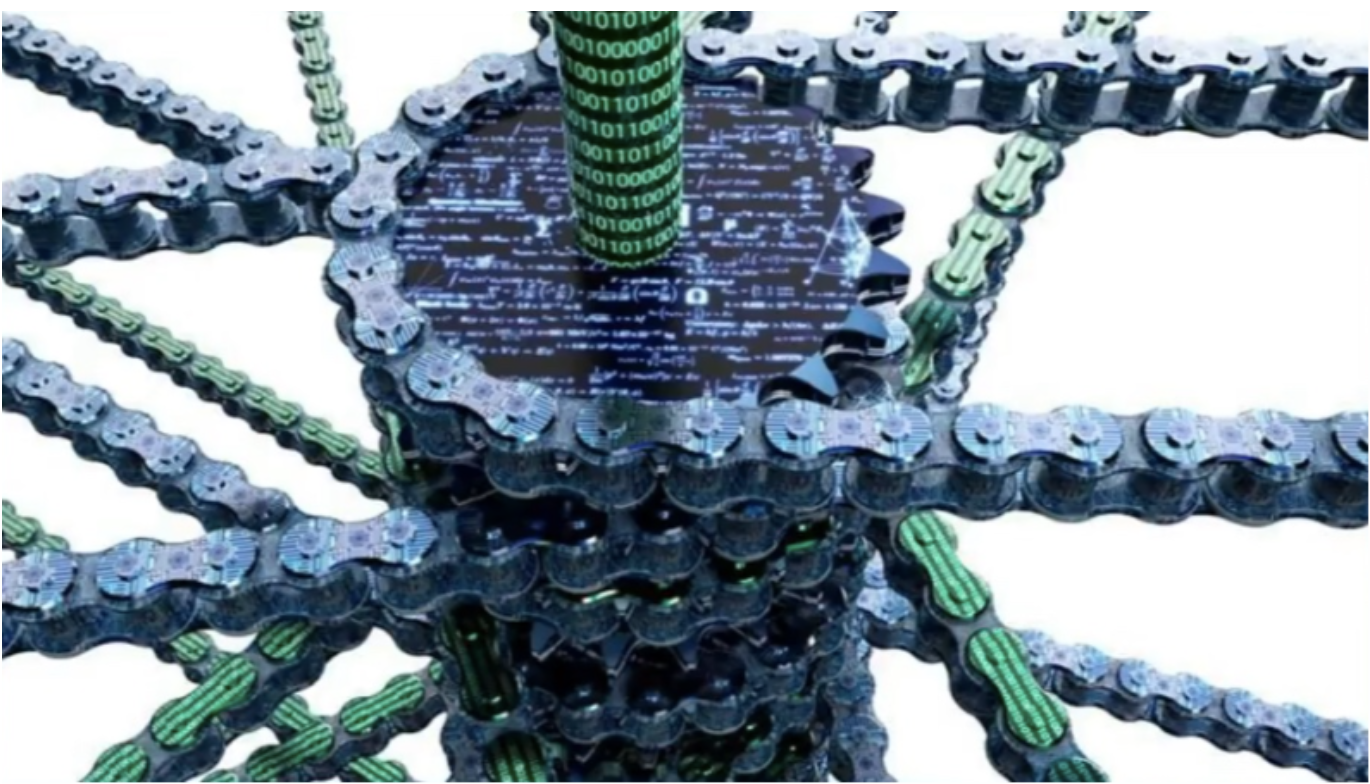Building Facebook on the Ethereum Network
Cyber•Fund is introducing a series of publications that provide an overview of some of the best speaker topics we’ve hosted at our meetups. Alexander Noxon—CTO of DAO Casino Company—spoke about their work developing applications on the Ethereum blockchain, in addition to presenting how Facebook could be built on the Ethereum blockchain.
According to Noxon, the majority of all technologies present on the platform are in the prototyping stage. These technologies were created to scale the Ethereum network by transferring critical logic to others.

Plasma
Centered upon the “root chain”, in this case Ethereum, Vitaliy Buterin presented the scheme of technology operation as such:

Ethereum is the central blockchain in this example that processes the most important logic, in addition to additional sidechains that could include: a private blockchain, decentralized exchange, micropayments, and even a social network.
Noxon noted the advent of BlackJack, and how its’ development process presented significant shortcomings including: an overabundance of its’ own code, each distribution of cards constituted 10 cents worth of gas as commission and each card required a minimum 60 second wait time. As a result of these shortcomings, his team of developers began to search for scaling solutions on the Ethereum network.
Raiden Network
The Lightning Network on the Bitcoin blockchain increases the speed and frequency of transactions by saving the most important information: opening and closing of the transaction channel. The Raiden Network is the same technology, but for the the Ethereum Network. This is just one example of how Noxon and his team seeks scalability solutions for the Ethereum Network.
The DAO Casino blockchain has Random, which is a game pinning the players against the bankrollers. To initiate the game and generate Random, the player enters their part of the algorithm—their seed—and the bankroller enters their private key. Random is then obtained as a result of data processing.
How Random Begins
A transaction with a specific amount of funds the player wants to start the game with enters the Blockchain. Information is only sent when the player wants to start playing, as opposed to every time they take a card, thereby freezing a portion of their total funds.
The player owns a public and private key; the private key is used to consent sending information to the bankroller, who then sends the transaction to the Blockchain. The bankroller subsequently represents the player, but can only perform operations signed by the player. This structure decreases the total information delivered to the Blockchain.
The Game Channel system is generated as a result of the connection between the Lightning Network and smart contracts generated on the Ethereum network. This connection means that contracts know the logic of the games and prevent cheating, hence why they are called “smart contracts”. All actions performed are unable to breach the bounds of the algorithm and cannot be forged.
How Random Ends
Three possible variants exist to complete the game: by mutual assent, running out of time, or closing with dispute. By mutual assent the player and bankroller concurrently sign a transaction confirming the reconciliation of the final balance. If time ran out during the game for whatever reason, the current balance of that game is maintained. Closing the game with dispute means, in the words of Buterin, “There is a main chain where all the users’ funds are stored, and actions with balances are generated in third-party Blockchains.”
How to Create Facebook on Ethereum
Of course Facebook cannot be created on the platform itself, but only in the upper layers using hashing, on separate individual Blockchains or Ethereum. In order to understand how the platform can recognize when a block’s data is correct or incorrect, a third party exists as a smart contract on Ethereum. This mechanism can be better understood by visualizing the following image:

The central rod is the Ethereum Blockchain. The chains along the edges are other systems that autonomously work via their own algorithms, but if necessary can access Ethereum.
The DAO Casino Team
The DAO Casino team packed their solutions into the Dc.js library, with the hope that when the project is complete, the information will be useful to the rest of the Blockchain community. This particularly applies to other projects that are attempting to scale the Ethereum blockchain, and promises a tool that will allow ordinary developers to work with Ethereum, but still remain within the programming language.
For more information please contact: [email protected]